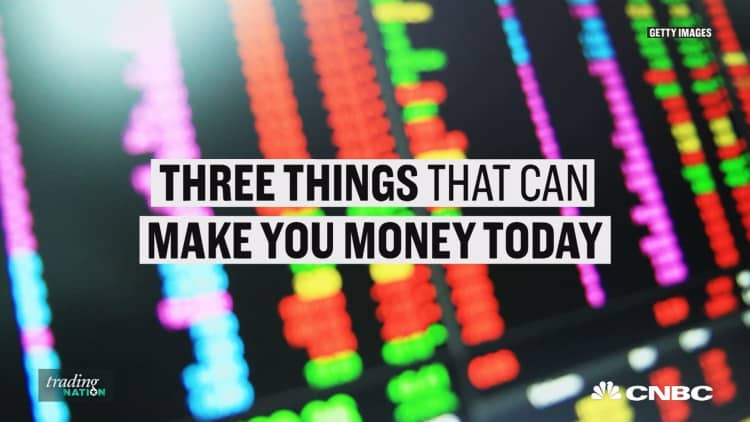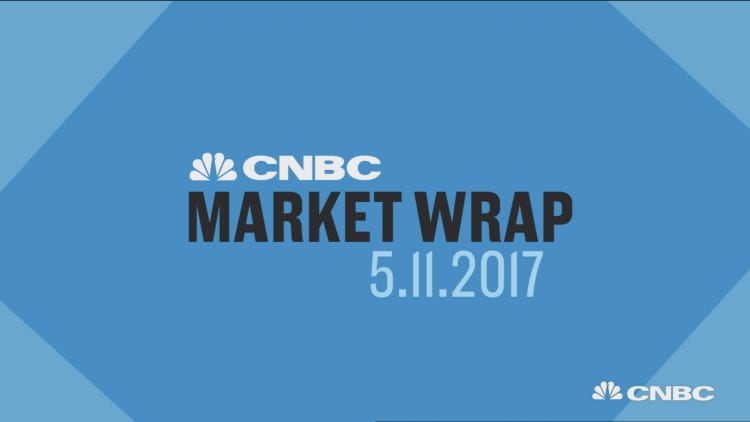
Inflation is back, after disappearing in March, and it's showing up in a broad range of costs for goods and services — from food to hotels.
The producer price index, a measure of inflation at the wholesale level, rose 0.5 percent in April, or 2.5
For consumers, the higher inflation could mean elevated airline, hotel, and food prices, to name a few, based on what the PPI data show. But economists say it also means that the Federal Reserve is on track to raise interest rates in June, as expected, and that could filter through to higher mortgages and other consumer loans. The Fed's preferred inflation measure, the personal consumption expenditure inflation data lags the CPI, and core PCE was just under 1.6 percent in March
"Inflation is back, but it's not back in a big way," said Chris Rupkey, chief financial economist at MUFG Union Bank. "It's back in PPI. We'll see if it transfers to CPI. There's a strange decline in March month to month in both PCE core inflation and CPI core inflation. It's not totally explained. Hopefully, it's a one-off event."
One unusual factor that hit
Stanley said in April that there could be a bigger-than-usual jump in hotel
JPMorgan economist Zina Bushra
"March was pretty soft, so there's some payback from that likely," she said. Services prices, excluding trade and transportation, rose 0.8 percent,
Economists said inflation should start to show up even more in wages.
"There's very little slack in the overall economy and eventually wages should pick up and so should inflation," said Kevin Cummins, senior economist at NatWest Markets. He said around 60 percent of core PCE is services, and two-thirds of that is driven by wages. "If you have a tight labor market, you should see a broader pickup in wages," he said.
Labor market strength was apparent in weekly jobless claims Thursday at 236,000. The number of people still receiving benefits fell to a near 30-year low of 1.92 million. The unemployment rate fell to a surprise 4.4 percent in April.
"It's good current inflation came back from last month. That's one factor that makes it more likely we're going to get a June rate hike. ... With the unemployment rate down below full employment levels, inflation has nowhere to go but up," said Rupkey.
Watch: Stocks slide on Thursday



